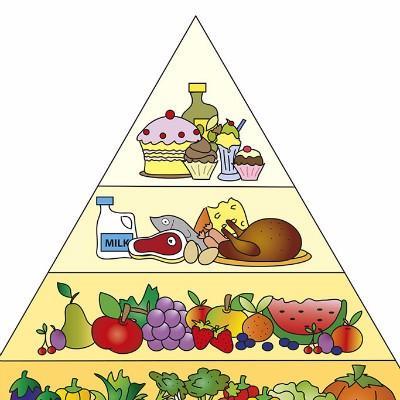Symptoms of acute and chronic glomerulonephritis
summary
Glomerulonephritis, commonly known as nephritis, is a very common disease in kidney disease. Generally, people with this disease have poor detoxification ability of the kidney. If they eat improperly, it will increase the burden of the kidney and cause new complications. Let's take a look at the symptoms of acute and chronic glomerulonephritis.
Symptoms of acute and chronic glomerulonephritis
The first is: almost all patients with acute glomerulonephritis have proteinuria, which is characterized by increased foam in the urine, which usually increases or decreases with the severity of the disease. Proteinuria is slower than other symptoms, and the proteinuria still persists for 1 to 2 months after the disappearance of edema.

Second: glomerulonephritis is mainly caused by some infectious factors, such as pharyngitis, tonsillitis swelling and upper respiratory tract infection. Therefore, the symptoms of early nephritis will also be accompanied by the symptoms of the above diseases.

Third: Patients with nephritis may or may not have hypertension, but if they develop to uremia, they often have hypertension, which is difficult to control. Generally speaking, the prognosis of patients with hypertension is often worse than that of patients without hypertension. Other common classifications include eyelid edema, hematuria, and increased foam in urine.

matters needing attention
Do not eat spicy food, usually must drink more water, this is conducive to internal detoxification, only in this way can help the recovery of the disease.















